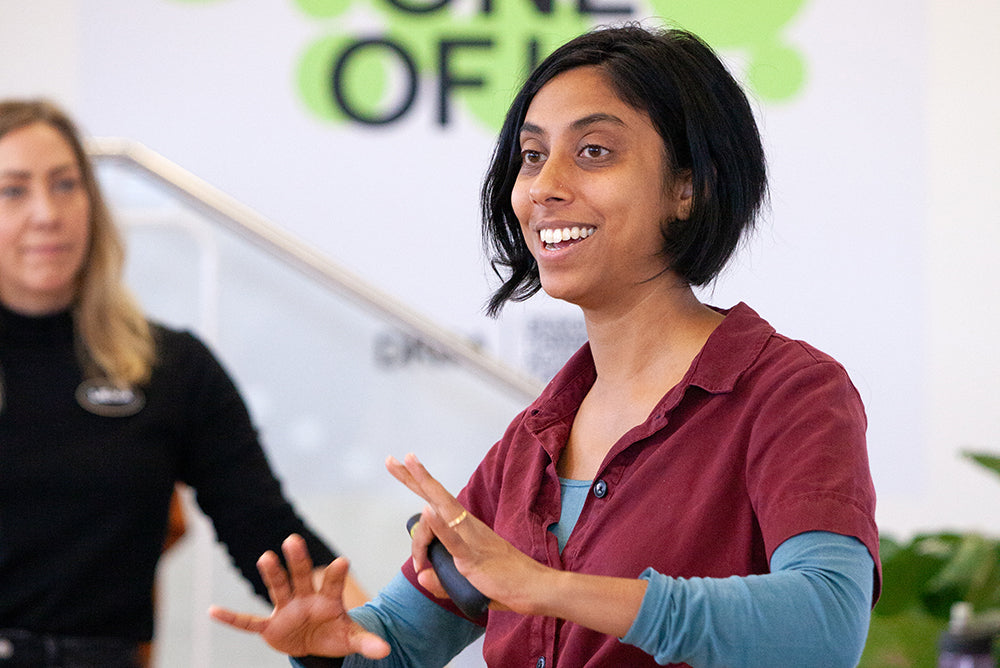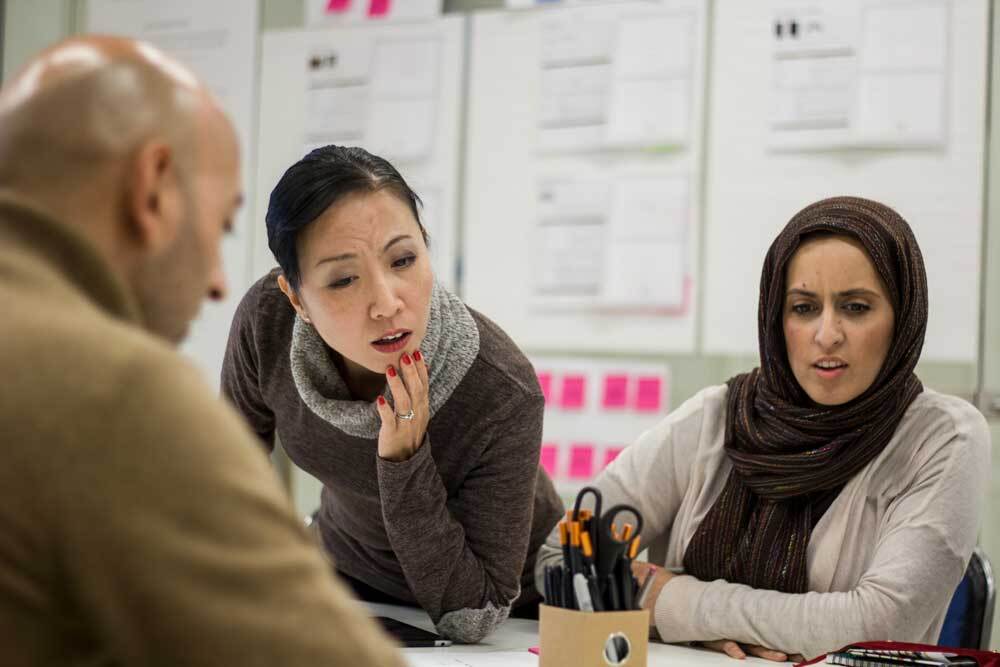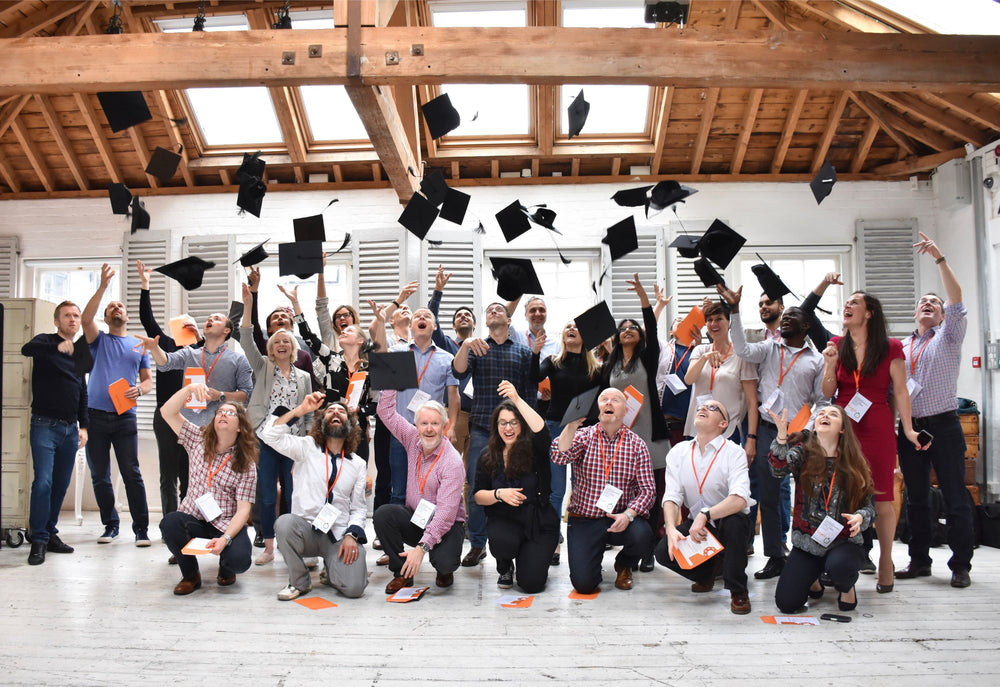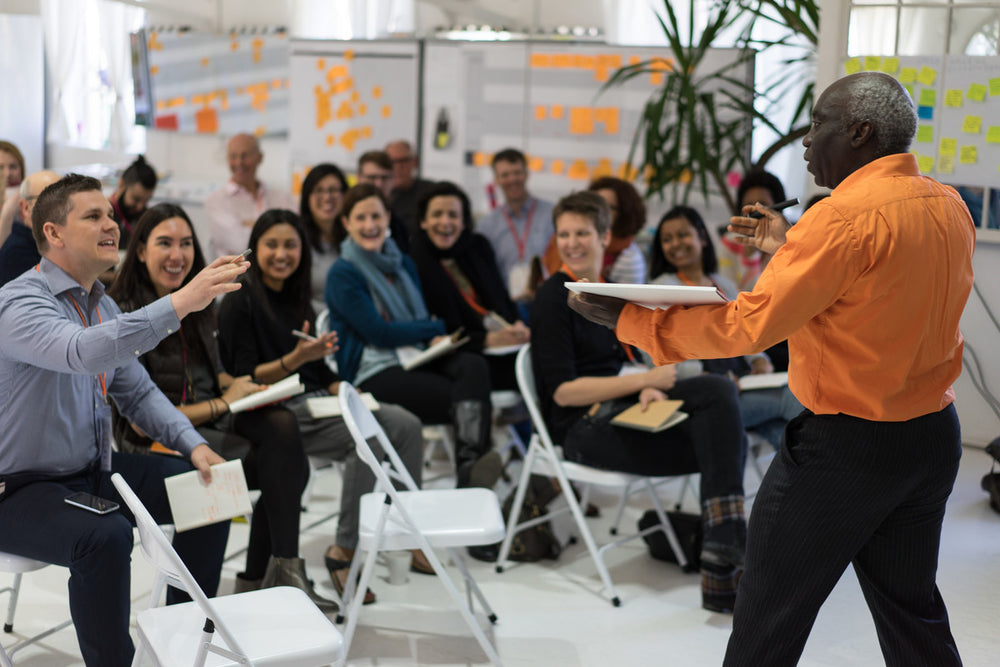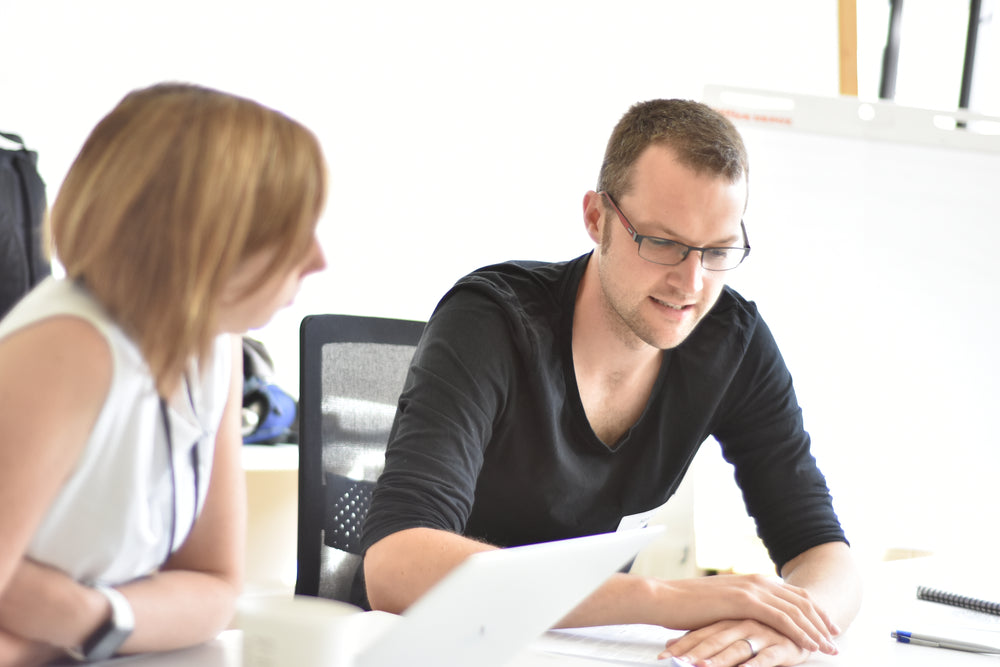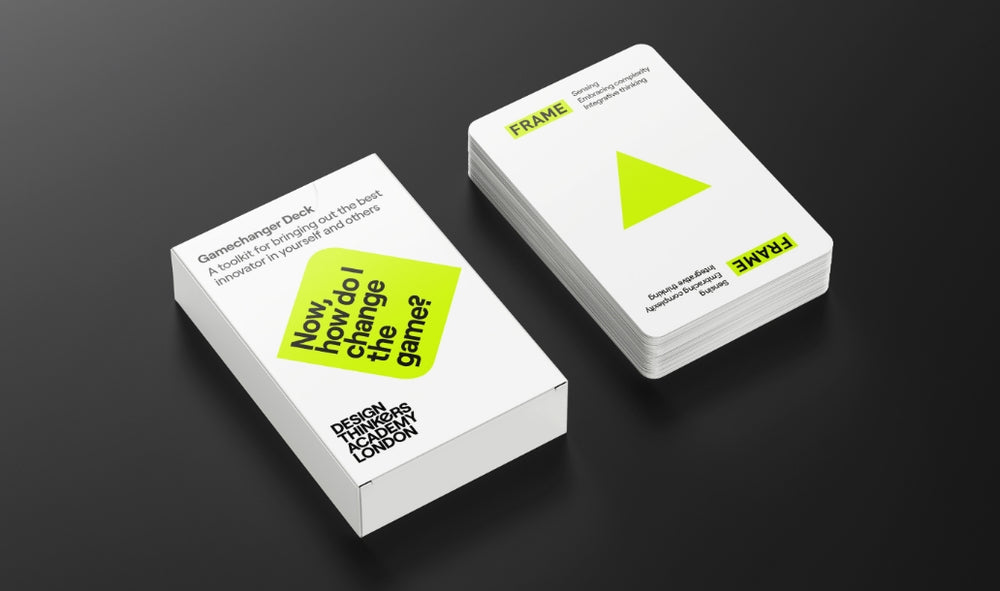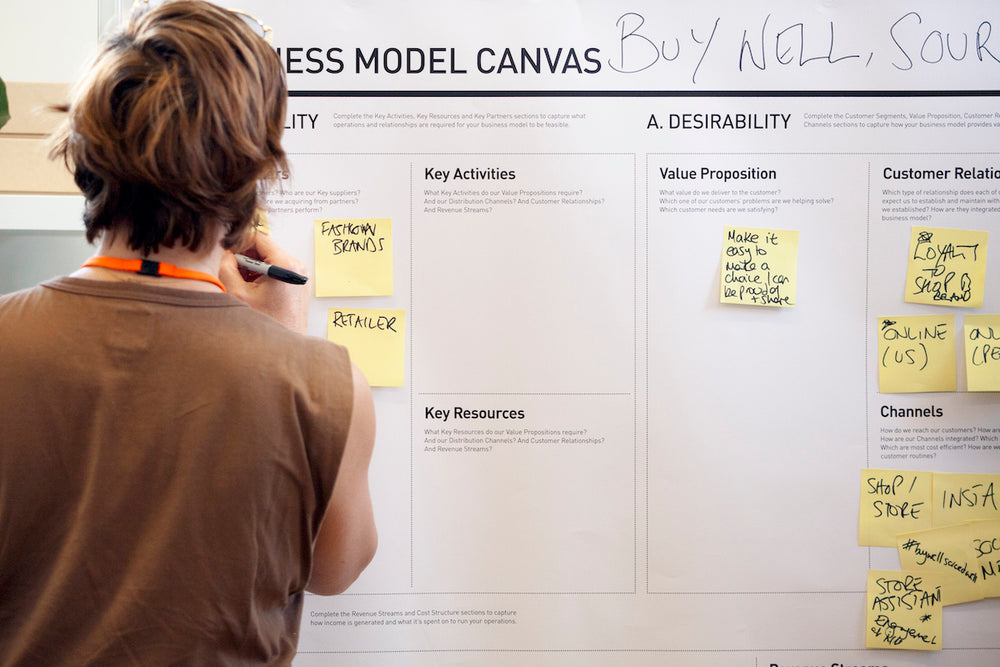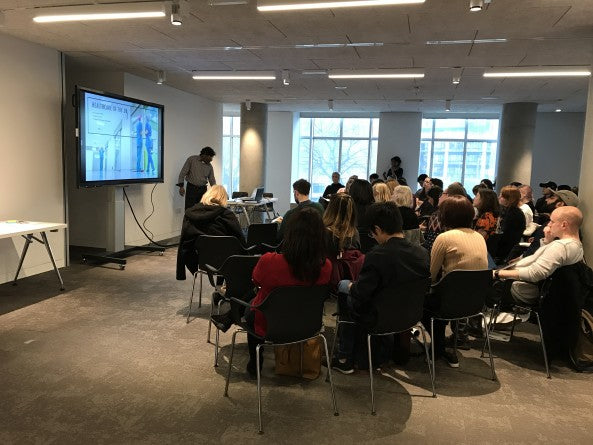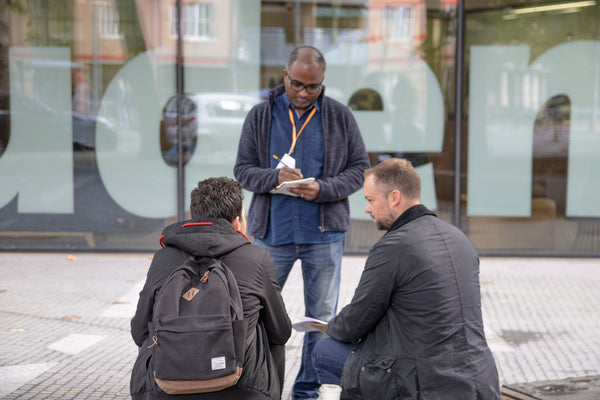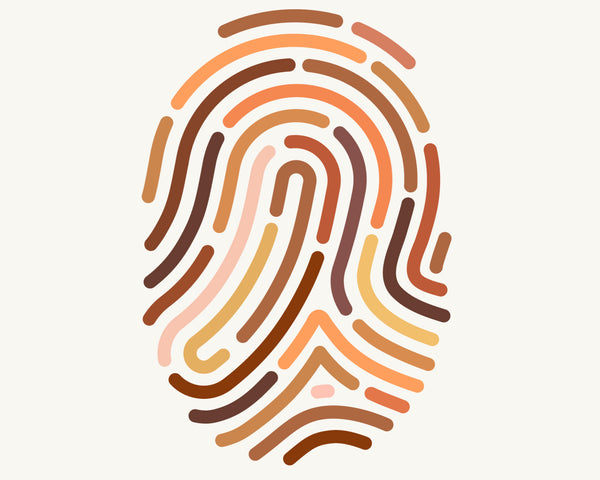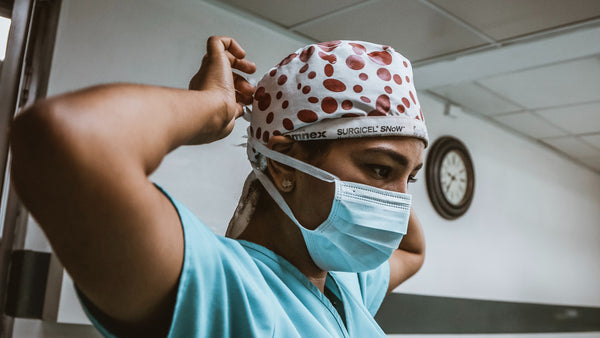Catarina Matos, our Project Manager and Design Researcher, went along to a Design in Health workshop at the UK Design Museum in February 2017. Here she shares her views on design thinking in public health and her thoughts on the workshop.
Design thinking methodology and practices have been around for a while, more recently they have been embedded in different sectors, roles and specialities, showing new ways of disrupting “old” thinking. In the health sector, design thinking has been a valuable tool to help improve public health and social innovation. Healthcare organisations have been developing a “clinician-led innovation and entrepreneurship” approach to bring new ways of thinking and using design to develop solutions that will improve public health and wellbeing.
Moreover, universities and medical schools are breaking conventions and building new courses that allow multidisciplinary approaches. An example are courses teaching design to students from a range of health disciplines, to equip them with the tools and techniques to develop their own disruptive ideas, as well as investigate and lead innovation in healthcare systems, services and spaces.
Recently I had the opportunity to attend the Design in Health event curated by Meera Rajan, part of the “Industry Insights” series at the UK Design Museum. It brought students, practitioners and others interested in social innovation together to learn more about the role of design in improving public health.
The event had brilliant presentations from organisations and individuals who have been advocating and practicing design with a focus on health and wellbeing. Mindwaves Ventures is one of them. As a multidisciplinary company, it has an approach towards healthcare and services that impact on people, enabling social change and inclusivity.
The CEO Kumar Jacob, spoke about how design should reach people at the right stage, while presenting one of the latest projects developed by his team – the Healthlocker. This digital platform shows how technology can be used in mental health services to better support service users, clinicians, carers and researchers. By integrating it with the hospital’s clinical record system, it provides a personalised experience, a series of tools, resources and contacts to support the patients’ self-management.
Helix is another other key agent of change within design and health. Based at St Mary’s Hospital, Helix works as a lab for a multidisciplinary team of designers, clinicians, engineers and developers to research and use design to address real healthcare problems, dissecting them and proposing new solutions to improving healthcare.
The senior designer, Gianpaolo Fusari talked about four stages/perspectives/streams in which design enables the choices that people make: behaviour, self-management, prevention and early intervention. At Helix the combination of designer + clinician + patient + staff is at the core of every project. One of the projects where this is reflected is the design methods kit that they have developed to introduce and provide the context of healthcare, enabling everyone, even with no design background, to disrupt ideas and lead innovation.
Helix also has been a pioneer on the education front, with the development of Masters programmes and other short courses open to students with design or clinical backgrounds. The courses aim at bringing designers and clinicians together for the first time to solve healthcare challenges.
Rebecca Ford, UK Manager of the RSA Student Design Awards, closed the first part of the session by talking about the organisation and the competition. The RSA acts as a platform for social change through creativity and collaboration. Its mission is to empower people to use their creativity to bring positive change to society in different ways, using different approaches. The RSA Student Awards are one of the ways this institution has been encouraging creativity from young people. Encompassing different design disciplines, the briefs aim at challenging emerging designers to apply their skills in new ways to tackle pressing social, environmental and economic issues through design thinking.
The inspirational talks were followed by a hands-on workshop. Led by Emily Tulloh, Service Designer at Mindwaves Ventures, we were challenged to tackle an issue around health and well-being, and use the design thinking methodology to respond to it. Being in a group with a mix of nationalities and backgrounds, we all rapidly realised that there are some burning issues around the understanding and healthcare services provided to refugees, foreigners and even international students. We tested our thinking using personas, tried to identify our stakeholders and the pain points, allowing some ideas to start flowing.
The session ended with the sharing of ideas from all the teams, and the feeling that with such simple tools, we can identify key issues and work together to bring fresh thinking and solutions to tackle the current social issues.
